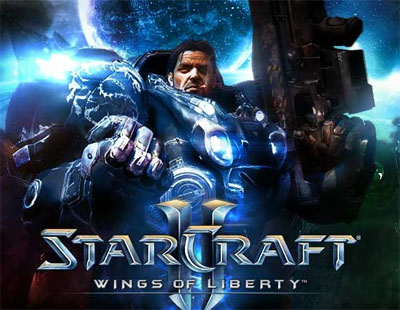It took about forty years before Frank Miller rationalized Batman wearing a huge target on his chest. (He can’t armor his head.) But as I was watching the first episode of Naruto today, I was struck by how quickly they demonstrated the silliness of ninjas wearing big, round bullseyes in the centers of their backs.
(Particularly in a universe where shurikens are apparently the size of small Japanese cars.)
But when I stopped to think about it, I realized (in my own little Milleresque fashion), that it might not be a mistake after all: These are members of a fierce, warrior-centric culture. They’re supposed to stand bravely in the face of danger. And what’s the quickest way to make sure your soldiers never turn and run?
Put a huge target on their back.
…
What? You were expecting something profound?
Fine.
(1) When creating a fictional world, what can you include that seems deliberately odd by our modern and cultural understanding of the world? The oddity will draw the attention of your players/readers/viewers, allowing you to reveal some deeper truth about the setting. And once it has been explained, the oddity will (by its very nature) stick in the memory (along with its associated truth).
(2) I may be underestimating Masashi Kishimoto, but I’m guessing he didn’t give any more thought to the placement of that logo/bullseye than “that looks cool”. But that doesn’t mean that there isn’t value to be found in my explanation of it. Attempting to rationalize the incoherent can give rise to fresh and creative ideas.
When I’m using published modules I am almost always forced to adapt them to the cosmology of my own campaign world. For example, in my primary D&D campaign setting there is only one pantheon of gods. Trying to adapt adventures designed for the typical multi-pantheism of D&D can pose some unique challenges. But I welcome the challenge because the effort of rationalizing the incoherency between world and adventure results in a richer and deeper understanding of the world. It’s given rise to saint cults, lineages of holy artifacts, regional factionalism, heresy rituals, and more — and rather than defracting or detracting from the world, all of these elements instead become refined and concentrated.
(And this can flow both ways: For example, the conflict between the Imperial Church and the Reformist Churches in my campaign world frequently allow me to re-purpose church-vs-church material from published scenarios. But this will also frequently enrich individual adventures by introducing avenues of friction and tension which would otherwise be atypical.)
The real world is made up of diverse and often contradictory viewpoints, cultural traditions, and personal opinions. By injecting and adapting material created by others, some degree of that balance between the coherent and the incoherent which can be found in the real world is brought into the game world.














